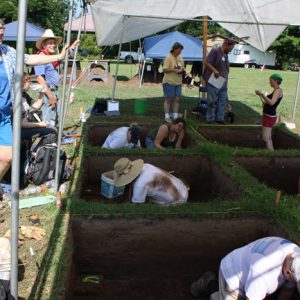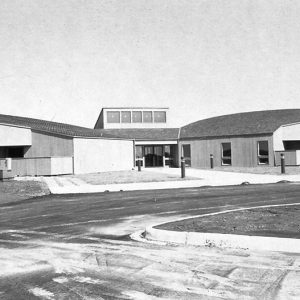 Plum Bayou Mounds Archeological State Park
Plum Bayou Mounds Archeological State Park
Entry Category: Archaeology
 Plum Bayou Mounds Archeological State Park
Plum Bayou Mounds Archeological State Park
Plum Bayou Mounds Archeological State Park
 Plum Bayou Mounds Archeological State Park: Park Location
Plum Bayou Mounds Archeological State Park: Park Location
 Plum Bayou Mounds Excavation; 2010
Plum Bayou Mounds Excavation; 2010
 Plum Bayou Mounds Excavation; 2010
Plum Bayou Mounds Excavation; 2010
 Plum Bayou Mounds Excavation Trench
Plum Bayou Mounds Excavation Trench
 Plum Bayou Mounds Park Personnel
Plum Bayou Mounds Park Personnel
 Plum Bayou Mounds Visitors Center
Plum Bayou Mounds Visitors Center
 Plum Bayou Mounds Visitors Center
Plum Bayou Mounds Visitors Center
 Plum Bayou Mounds Visitors Center
Plum Bayou Mounds Visitors Center
 Plum Bayou Mounds Walkway
Plum Bayou Mounds Walkway
 Produce Warehouse Side Entrance & Deck
Produce Warehouse Side Entrance & Deck
 Quapaw Tribe Visiting Site
Quapaw Tribe Visiting Site
Rock Art, Native American
 Frank Schambach
Frank Schambach
 Screening for Artifacts
Screening for Artifacts
Sloan Site
 Park Open House Brochure
Park Open House Brochure
 Stone Tools
Stone Tools
 Test Excavations
Test Excavations
 Toltec Mounds Site
Toltec Mounds Site




